Summer is in full gear, and wines are flowing.
There have been few posts in the past month, as I was traveling a bit to northern, eastern and southern Europe. But before I get to those lands and wines…
First, a few recent Forbes posts are here, which include a quick spin through some shining wine regions of Hungary as well as southern Italy, a stellar wine meal with Angélus wine in Saint-Émilion in Bordeaux, and dinner at a beaut of a new restaurant in Paris. There’s also coverage of the Volvo Ocean Race from Sweden, as well as new maritime technology that includes ‘self-docking’ boats that may bring cocktail hour even faster on the seas.
Also, our Etalon Rouge 2016 red wine (100% Cabernet Sauvignon) has been bottled, and it’s the best yet—even better than 2015. As you can see in the photo below, U.K. wine writer and television personality Oz Clarke truly enjoyed a glass when we spent time together in Hungary recently.
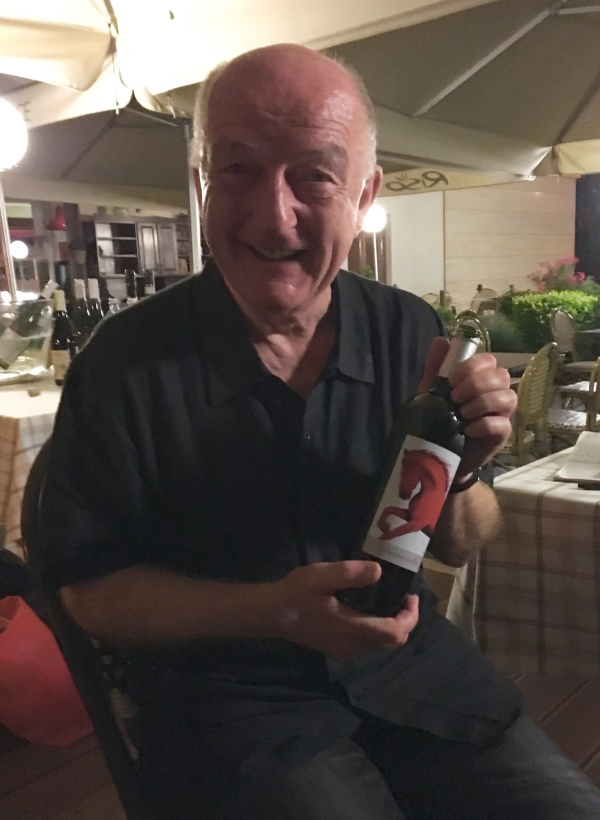
Other good people met in Italy, including press, television and blog journalists from Italy and the U.S. also enjoyed glasses of the rouge.


And, as you might remember, French Skipper Charles Caudrelier is seen here holding a bottle of Etalon Rouge from our meeting in Hong Kong back in February.
The news?
His Dongfeng team won the Volvo Ocean Race a few weeks ago in The Hague, Netherlands. Big victory. The New York Times included a full page spread about the story.
Also, if you are interested in my blog about publishing and ways of thinking, click here for today’s post from Roundwood Press (usually posts alternate each week between these two blogs, but this is a ‘loss of synch summertime,’ and for today, they come together….).
Now, a few unusual and worthwhile wines to try.
Visits to various locations in the past month have involved sampling multiple stellar vintages.
Those travels, with endless miles and meals and information overload (and constant note taking) within a short time mean it’s now time for much appreciated R&R back here at home base in Blaye, France.
It also means days of eating only fruits and vegetables and reducing coffee and wine intake to revamp the body.
We’ll start with Hungary.
HUNGARY
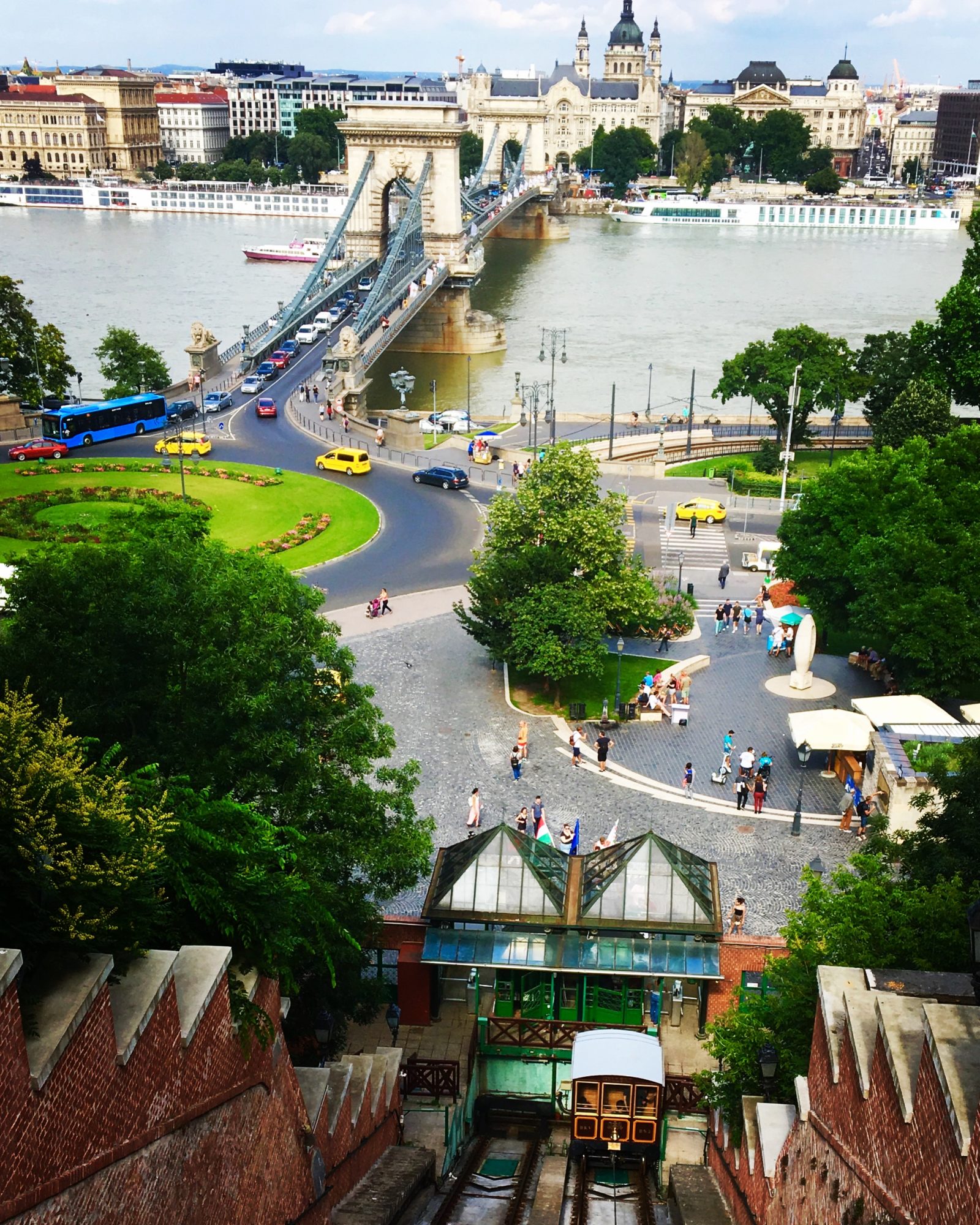



A brief overview of Hungarian viticulture:
Wines here are generally increasing in quality, and younger winemakers are more focused on quality than quantity; reds make up 40% of wine production, and the best grapes generally include local Kékfrankos, often blended with international grapes in order to make Bordeaux, Burgundy and Rhone style wines.
Dry whites are dominated by Furmint (which is also the basis for the famed Tokaji sweet wine) while Viognier, Olaszrizling, Juhfark and Hárslevelü are also nudging up in quality.
Recently in the Eger wine region, ‘bulls blood’ blends (such as the reds mentioned above, with Kékfrankos as a base) known as ‘Egri Bikavér’ have been joined by white blends known as ‘Egri Csillag,’ which means ‘the star of Eger.’ Such wines must include juice from at least 4 white grapes, of which Carpathian Basin grapes should comprise at least 50%, while international varieties can make up the balance.
Budapest and the countryside are beautiful and the people are warm and friendly. Because winters are cold, try visiting in spring or summer. Also, boating on Lake Balaton is excellent.
One Hungarian winemaker in the Somló region names his 500 and 1500 liter oak casks after Hungarian kings from the past. One of these (or so he told us) was named Viagra (as seen on the label of a bottled barrel sample in the photo above, bottom right; notice Oz hovering nearby?).
ITALY

The countryside outside Sicily’s capital city of Palermo is gorgeous and includes such lesser known grape varieties as, for whites: Insolia, Catarratto, Grillo; for reds: Frappato and Nero D’Avola. The two with the strongest characteristics appear to be Insolia for white (think zesty lime and tangerine), and Nero D’Avola for red (think smoky and oaky aromas, and licorice and chocolate tastes).
On the southeastern coast of mainland Italy is the Puglia region, still seeking its own contemporary identity to present to visitors. It, too, offers wines from grapes you have likely never heard of (but don’t turn them down if someone thrusts any under your nose, preferably with a plate of steaming pesto risotto). Here, enjoy white wines made from the Minutolo grape (think flint and apricots) and red wines made from the Susumaniello grape (scent of charcoal and taste of blackberry pie).
Italian food, as always, blows visitors away. There’s detail, pride and a shovelful of sparkling flavors in every mouthful. Certainly, France, I love your magret canard (duck breast) and chocolatines, but when it comes to pasta, prosciutto and cinghiale wild boar, the descendants of the city of Rome should gastronomically lead the way.
Far to the north in Italy, in the Veneto province, the wine region of Conegliano-Valdobbiadne (which is now all classified at the highest DOCG level for quality) produces excellent Prosecco, but also a few (unexpected) stunner reds.
From the video below of a Valdobbiadene winemaker, you now know it’s encouraged to play with your food: create a little volcano in your risotto, then pour in Prosecco.
Who said growing up wasn’t fun?
[wpvideo 6RWntfXZ]
Finally, as for caffeine in Italy, remember that no milk is allowed in a coffee beverage after 11.00 a.m. unless you’re at an airport. Consider it illegal. Seriously. I tried to order a cappuccino one evening near Palermo, but a local advised me that such an the act was treasonous, posing risk of imminent deportation.
Be forewarned, and instead, down an espresso.

SWEDEN
Just a quick note from the southwestern portion of this island riddled land…
Recently I enjoyed dinner with friends at The Grand Hotel of Marstrand, which is on an archipelago island northwest of Göthenburg. We traveled there via boat for almost an hour. This place is especially popular during the abbreviated Nordic summer here, and the wine and food pairing were excellent. Dinner included their famed langoustines, together with wine poured from a magnum of Alsace Riesling from Gustave Lorentz, as well as a Pinot Noir from Hahn Family Wines in Monterey County in northern California.
Both wines were excellent and the food and setting unique and splendid.
The takeaway came from speaking to a local, who told me that Sweden now produces its own wines.
That’s right! Swedish wines.
I’m working on sampling a few bottles to provide feedback. Soon enough.
Thanks for checking in again…
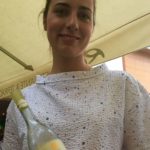

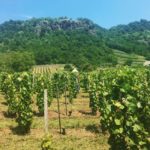
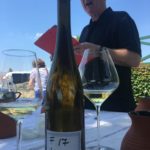






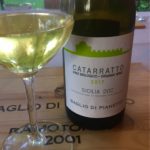

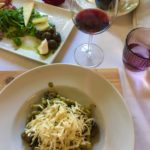



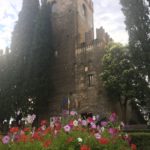
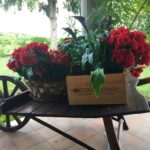



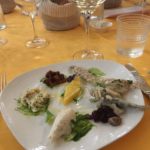


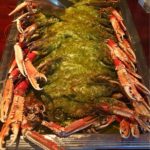
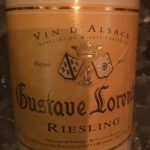



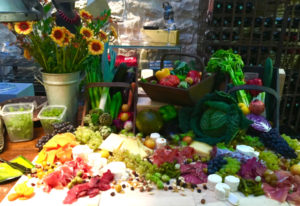

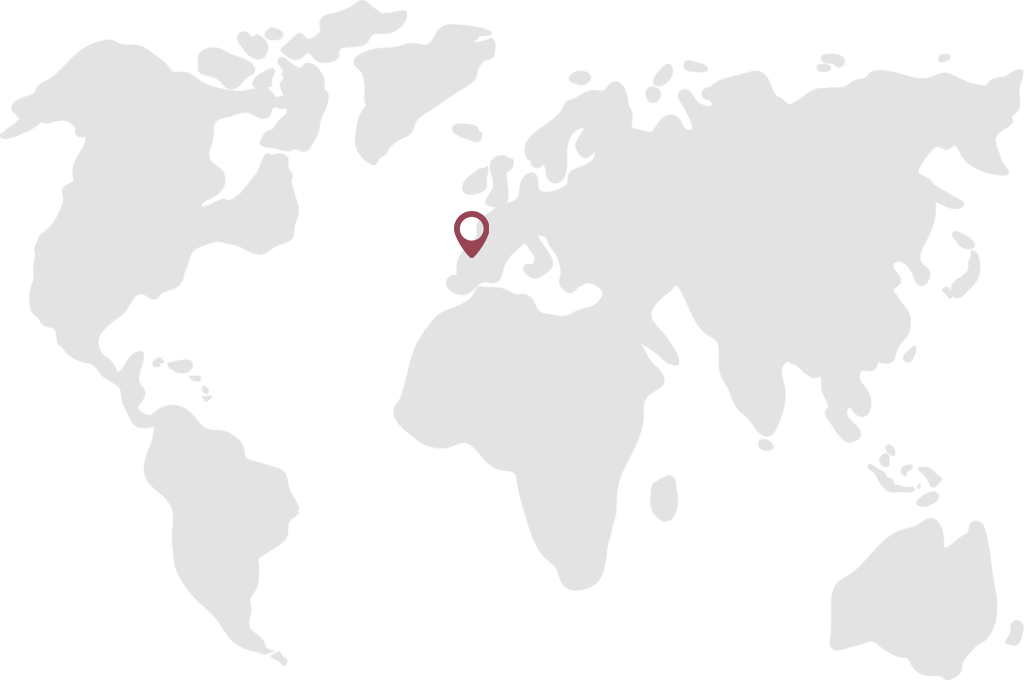
Jill Barth
10 Jul 2018Love it all Tom — Thanks for taking us along!
vinoexpressions
29 Jul 2018Glad you enjoy, Jill!
vinoexpressions
6 Aug 2018Regarding my Forbes piece on Volvo, I received the following email from Jennifer Humphrey from Sweden…
Hi Tom,
This is so great to see! It is one of the best articles about our technology that I have ever seen. Thank you so much for sharing it with me.
I hope that you are having a lovely summer!
Best regards,
Jennifer